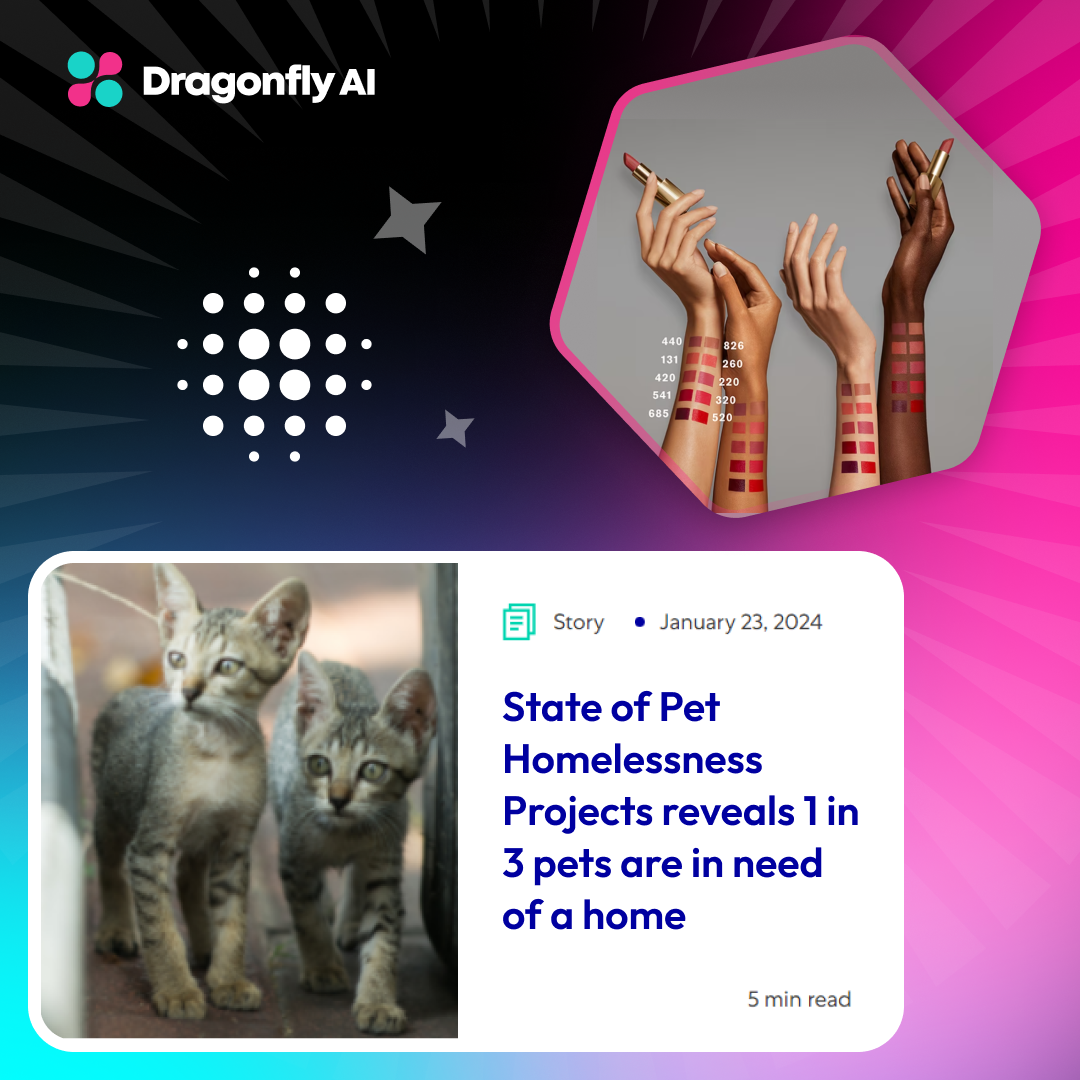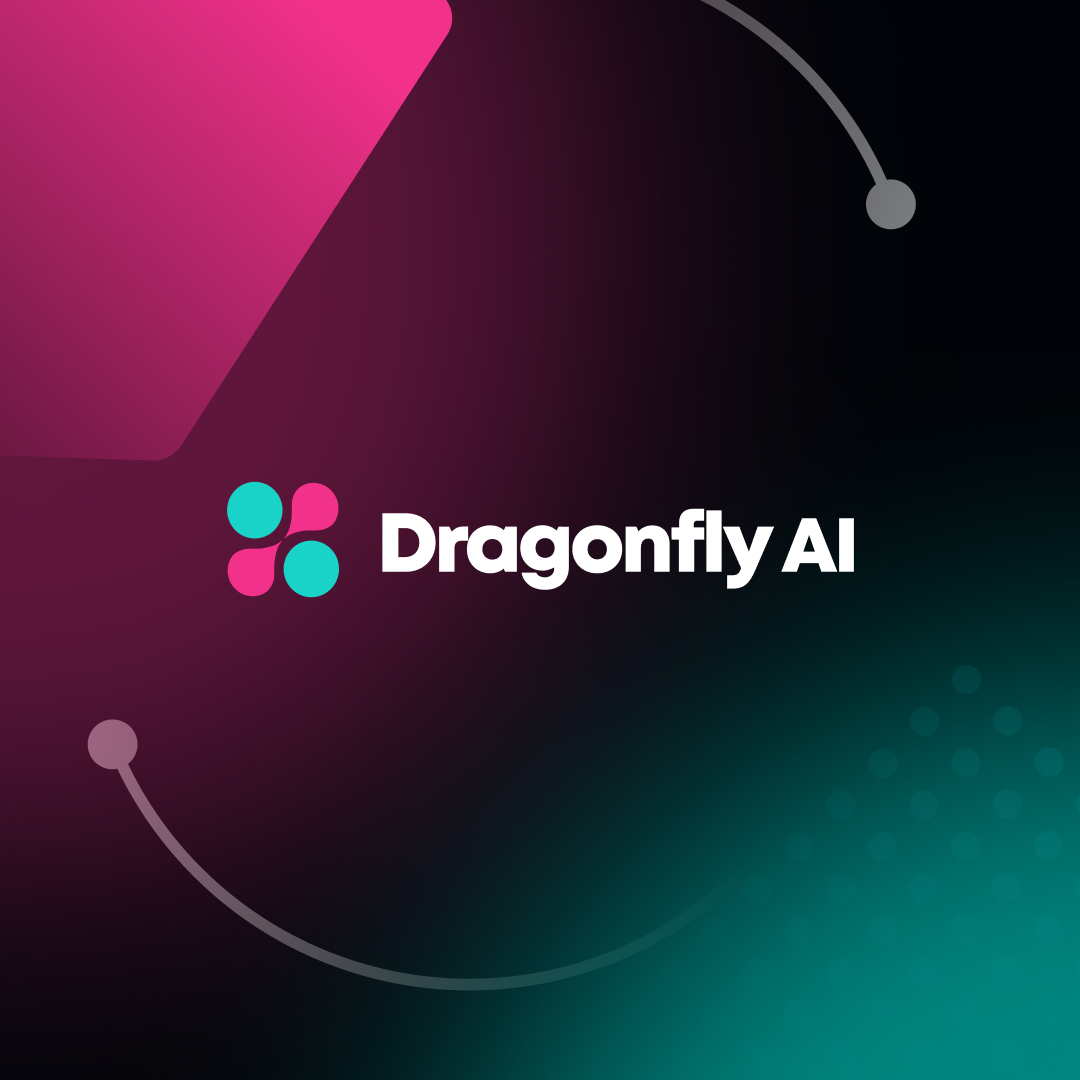Over 50% of companies with 5,000 or more employees have used AI, which has increased to 60% for companies with 10,000 or more employees.
In McKinsey’s State of AI Report, 60% of respondents said their organization currently uses AI in at least one function. Are you among the 60% of organizations regularly using AI?
Marketing, sales, product, customer service, and support are among the business functions most commonly using AI. Some of the leading use cases for AI include personalization, process automation, competitor analysis, market research, analytics, and more.
AI adoption will increase as intelligence and machine learning algorithms evolve, improve, and expand their use cases. Due to technological advancements, 40% of Mckinsey respondents say their organization will increase its investment in AI.
Like any other significant change, the transformative journey of AI can come with its highs and lows. While some organizations are seeing actual results from AI, different businesses need help to adopt AI. Whether it’s the learning curve to efficiently leverage AI or just the hurdle of passing security, integration, compliance, and data concerns even to make the initial investment, organizations that cannot adopt AI successfully may lose their competitive edge against those that can.
Let’s explore the common hurdles faced by organizations during AI adoption and actionable strategies to overcome them.
The Landscape of AI Adoption in Enterprises
Anything worth doing may come with challenges, but what is important to remember is the benefits of using AI, which include improving:
- Operational Efficiency: AI streamlines processes, reduces manual effort, and enhances productivity.
- Data-Driven Decision-Making: AI analyzes vast datasets to provide actionable insights, enabling informed choices.
- Personalized Customer Experiences: AI can customize messages to enhance the buying and customer experience.
- Data Monitoring and Tracking: AI helps automate data monitoring, tracking, and analysis to assess real-time performance.
- Product Development and Services: AI can identify areas for improvement and provide recommendations for improving workflows, services, and product development.
Over the last few years, the AI adoption gap has drastically narrowed. The tech industry, finance, and healthcare were far ahead when utilizing AI. This year, industries across sectors are adopting AI and growing in their AI maturity.
AI maturity is integrating, developing, and enhancing AI capabilities within a specific organization or, in this case, the overall industry.
Here is a snapshot of AI adoption by industry:
.png?width=1280&height=700&name=Blog%20image%201%20(18).png)
The median average for AI maturity is just slightly over 50%, with the tech industry continuing to lead the charge. Automotive, aerospace, life sciences, natural resources, retail, utilities, and manufacturing are not too far behind on the AI maturity scale.
While all industries have endless potential for AI adoption, a few have lower AI maturity and more opportunities to improve.
- The healthcare industry can thrive with automation, cutting costs and time-consuming tasks while boosting performance.
- The banking and finance industry can improve accuracy and workflows while preventing fraud and ensuring compliance.
- The manufacturing industry can benefit from proactively pinpointing and addressing issues early on, decreasing spending and delays from traditionally unforeseen downtime.
- The retail industry can deploy AI to identify trends and empower its teams with data-driven insights, tailoring its offerings to meet market needs.
Identifying Key Challenges in AI Adoption
Although there is a profuse opportunity for enterprise organizations across industries to flourish using AI, hurdles may arise during the implementation and adoption phase.
Finding the Right Solution and Making the Business Case
Organizations may need help finding solutions for their unique business needs. They need assistance figuring out where to start when evaluating AI and how to make the business case to invest in new technology.
Data Privacy Concerns
Although you may have found the right solution, your IT team may disagree with your decision. AI relies heavily on data, but privacy regulations (such as GDPR) impose strict rules on data usage, and the risk of data breaches creates concerns about security and compliance.
Integration Complexities
After the contract is signed, implementation is next, and integrating AI into existing systems can be complex and lengthy. Legacy systems, compatibility issues, and the ability to scale pose issues in the very early stages of AI adoption.
Cultural Resistance
Now comes one of the biggest AI adoption issues that may surface when implementing any new process or technology: Many organizations face resistance to change. With AI, especially, employees may fear job displacement or lack confidence in AI systems.
Lack of Skilled Personnel
Even if employees are willing to adopt new technology, they might need to gain the proper skills. IBM reported that 20% of organizations stated that their current workforce needs more skills to use new AI or automation tools, and 16% cannot find suitable candidates to address the gap.
Remember to foster an AI-friendly culture by involving employees early in the process while continuously emphasizing the benefits. You can proactively address these challenges and successfully implement AI by acknowledging them early on.
Step-by-Step Guide to Overcoming AI Adoption Challenges
If you have clearly defined goals, they will help you identify the outcomes you wish to achieve and the problems you are trying to solve. This will make it easier to choose the right AI solution and explain the advantages to your team.
.png?width=1280&height=700&name=Blog%20image%203%20(15).png)
Now that we’ve recognized the top challenges, here are applicable steps to conquer them.
Step 1: Building a Solid Foundation
- Define Objectives: Distinctly determine the problems you are trying to solve and the goals you are trying to achieve by using AI in your organization.
- Business Alignment: Ensure AI initiatives align with overall business goals.
- Workforce commitment: Secure support from the entire organization from top to bottom to drive adoption.
- Cultural Shift: Create a human-centric AI approach where employees are encouraged, rewarded, and actually want to embrace new technology.
Step 2: Talent Acquisition and Development
- Competitive Compensation: Offer competitive salaries and benefits.
- Appealing Work Environment: Highlight exciting AI-related projects and the growth, learning, and development opportunities.
- Partnerships: Collaborate with academic institutions to tap into fresh talent.
- Training Programs: Provide training on AI and related skills.
- Internal Mobility: Encourage employees to transition into AI roles.
- Reward and Recognition: Create internal champions, spotlight power users, and share success stories to help drive adoption.
Step 3: Ensuring Data Quality and Accessibility
Involve IT Early On If your IT department needs to be involved in weighing in during the buying process or assisting in the implementation process, it is better to bring them in early on rather than later to avoid any confusion or delays.
Data Organization:
- Data Cleaning: Cleanse, organize, and update data for the relevant AI models.
- Data Governance: Implement policies to handle data appropriately.
Privacy and Ethics:
- Privacy Compliance: Adhere to regulations for user privacy protection and ensure technology providers meet standards regarding data security risk and compliance certifications.
- Ethical AI: Develop guidelines for responsible AI usage and bias mitigation.
Step 4: Selecting the Right Technology and Partners
-
- Fit for Purpose: Choose AI technologies that align with your specific needs and previously defined business objectives.
- Scalability: Consider future growth and weigh if the solution will grow with you instead of you outgrowing it.
- Vendor Selection:
- Support and Integration: Evaluate vendor support and compatibility.
- Long-Term Partnership: To ensure the longevity of success, look beyond the initial implementation. Consider other important factors like customer reviews, case studies, and other value propositions such as 24/7 support, hands-on training, and continuous product improvements
Step 5: Pilot Projects and Scaling
Start Small:
- Begin with free trials, less expensive tools, or pilot programs to validate AI’s impact.
- Monitor and measure performance to evaluate the solution’s impact.
Scale Gradually:
- Expand AI adoption based on test results.
- Again, monitor performance and assess what is not working for your team.
Create Champions:
- Pick internal team members who are passionate and capable of leading the AI initiative.
- Have them know the ins and outs of the solution so they can become the internal liaison to answer questions, conduct training, collect feedback, and drive adoption.
Step 6: Continuous Learning and Adaptation
- Encourage an environment of continuous improvement and development. Leaders should keep up with advancements in AI and share these insights with the internal organization, motivating other individuals to do the same.
- Develop feedback loops from users, leaders, and solution providers to refine strategies and improve AI results.
You will be ahead of the game by being aware of the challenges ahead of time and adhering to each of these steps to overcome AI adoption challenges.
Enterprise AI Adoption - Case Study: Success Story of Overcoming AI Adoption Challenges
The consumer packaged goods (CPG) industry is below average on the AI maturity scale, so it is no surprise that organizations in this space are not jumping into the deep end when initially investing in AI.
The world’s largest beer brewer, Anheuser-Busch InBev (AB InBev), knew they wanted to operate more sustainably, cost-effectively, and efficiently.
-1.png?width=1280&height=700&name=Blog%20image%202%20(15)-1.png)
After determining their primary objectives, they assessed vendors and ultimately partnered with the technology provider, Smart Barley.
Smart Barley’s solution uses AI algorithms to analyze water and fertilizer usage while maximizing yields using historical data from previous yields, empowering farmers to harvest crops more sustainably.
As AB InBev began to see the benefits of using Smart Barley’s AI, it started leveraging AI for its back-end supply chain operations.
- The global brand began optimizing its data pipeline to decrease shipping times and fuel costs with solutions from Azure.
- AB InBev deployed the Google Cloud Platform to augment its filtration process using AI to find the sweet spot in the beer filtering process to continue reducing costs
Over the last few years, Anheuser-Busch InBev has taken the initiative to incorporate AI proactively and continues to improve operations by utilizing an AI chatbot for customer service and machine learning for back-end pricing. Since implementing these AI innovations, the company has recognized a
4.8% increase in revenue growth.
Key takeaways from this success story are that Anheuser Busch:
- Set clearly defined objectives and goals
- Assessed vendors to find the solution that best fit their business needs
- Started small and scaled their solutions after seeing results
- Continues to innovate for long-term success
Conclusion: Embracing Enterprise AI Adoption
As enterprises navigate the complexities of integrating artificial intelligence, they encounter obstacles and opportunities.
Here’s a brief recap of the key takeaways on overcoming AI adoption challenges:
- Strategic Approach Matters: Organizations must approach AI adoption strategically. It’s not just about implementing a tool; it’s about aligning AI initiatives with business goals, establishing a comprehensive strategy communicated from the top to the bottom of the organization, and ensuring that AI becomes a catalyst for success rather than a roadblock.
- Challenges as Stepping Stones: Rather than viewing challenges as barriers to adoption, enterprises should see them as stepping stones. Each hurdle—data privacy, integration, or change management—presents growth and innovation opportunities.
- Unlocking Competitive Edge: Successful AI adoption unlocks a competitive edge. It empowers businesses to personalize customer experiences, automate processes, and gain deeper insights. Those who embrace AI effectively will prosper in the digital era.
Are you curious about AI adoption? Wondering how to navigate the complexities? The Dragonfly.AI team is here to provide you with extensive resources and expert advice on additional guidance and best practices for AI adoption.
Ready to explore AI firsthand? Get a Dragonfly.AI Demo.


.png?width=1280&height=700&name=Blog%20image%201%20(18).png)
.png?width=1280&height=700&name=Blog%20image%203%20(15).png)
-1.png?width=1280&height=700&name=Blog%20image%202%20(15)-1.png)
